Not-so-fine woodworking: A Trebuchet
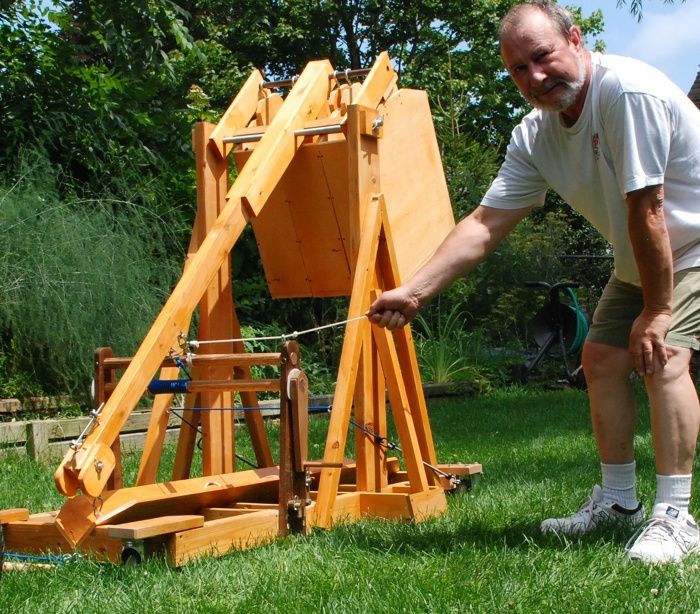
The whole thing
I expect some us like to take a break occasionally from working to 1/32 and better, and go play…
Trebuchets were the most powerful military machines until gunpowder and cannons in the 13-1400s. They are gravity-powered slingshots, not catapults. This one is near max performance for its size, and will fire a small (4-5 lb) pumpkin more than 400 ft, with little noise and almost no movement. It’s 6′ L x 4′-6″ H, and will handle counterweights (the 3 buckets) of over 400 lb. Frame construction is all 2×4 and 2×6 fir–and lots of screwed and glued lap joints–except for a couple of scraps of oak for added strength in the pull-down and trigger assembly.
The buckets are easily emptied and lift off, allowing for towing the main frame (it’s just 80 lb) with a garden tractor, or loading it into a pickup. Treb triggers are critical to allowing easy release under substantial load: this one is a marine quick-release snaphook. And a final design feature…the release hook angle (the pin in photo) controls the missile’s trajectory. This hook is adjustable, and also incorporates safety wings.
To prepare for next fall, email me for details.
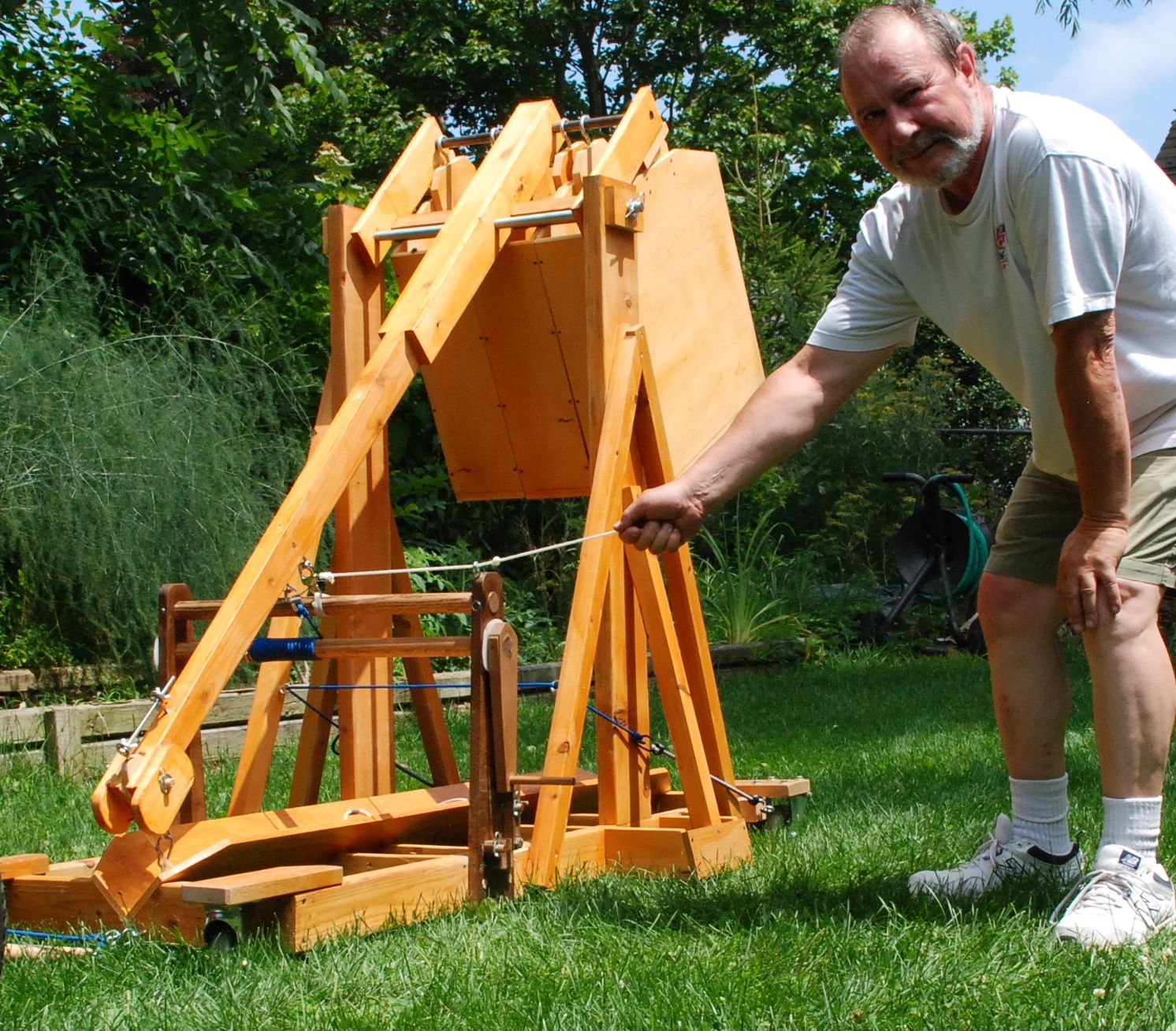

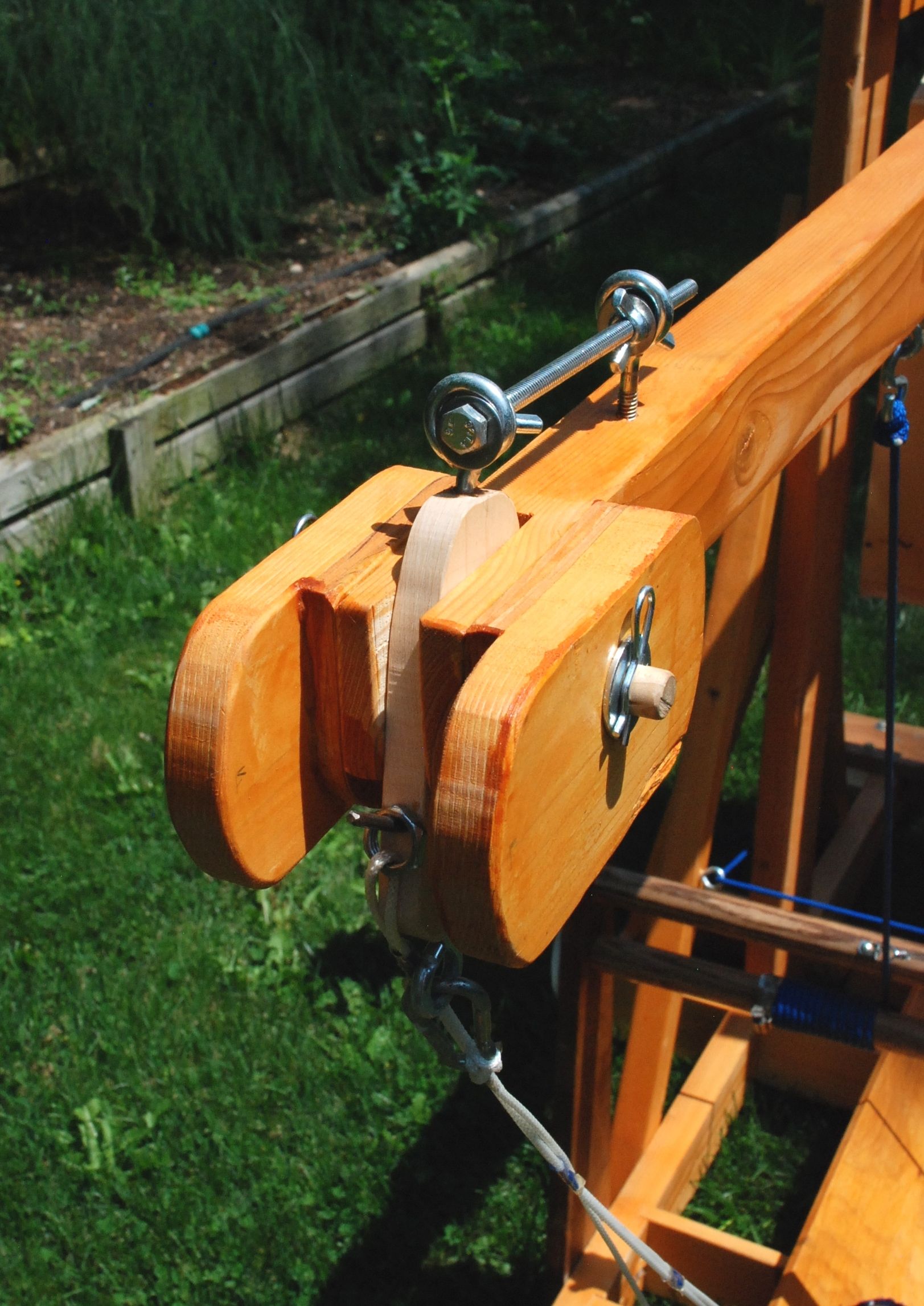



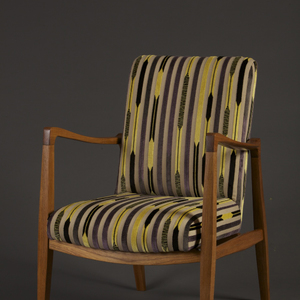
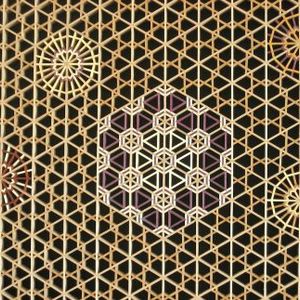
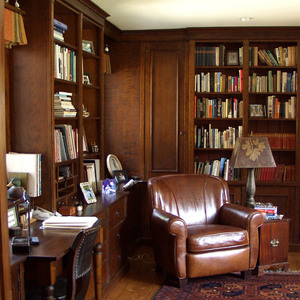











Comments
My grandson and I built a small trebuchet as part of a science project he was working on. It was not as big and powerful as the awesome one you have built, but it worked like a charm. He was able to see the relationships between the weights of the projectiles and the counterweight and the distance and height of the throw. A great basic study in ballistics.
As you said, it is great fun to build something like a trebuchet and to imagine the power of the large castle-crushing, tree-sized trebuchets used in the Middle Ages.
Thanks for sharing the great photos.
Lovely!
I'd like to get plans info from you. How to?
Two PS's...
To Bob (and any others): I think you can email me from the mail icon below the description. My plans are obviously a bit incomplete (lots of changes as the thing grew!), but should be useful. I can scan 3 drawings that I have and include design comments as well.
To All: Scaling. Power/performance will go roughly as the cube, so if you reduced everything by about 50%, you should end up with a machine of about 36"L x 27" H x 18" W, and about 1/8 the power, suitable for kids to play, 50 lb or so in two buckets, throwing softballs, large fruit, for instance. Maybe 50 ft range, maybe more.
Log in or create an account to post a comment.
Sign up Log in